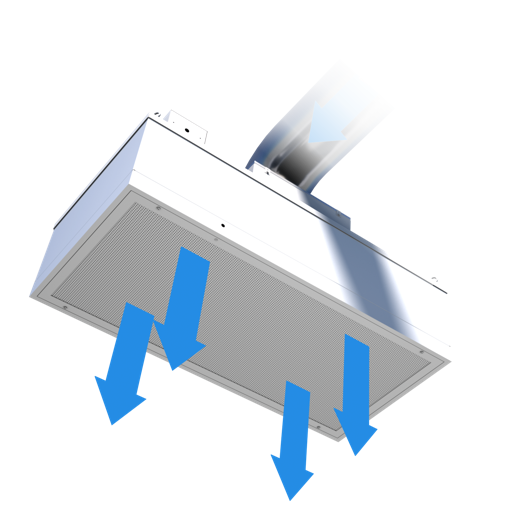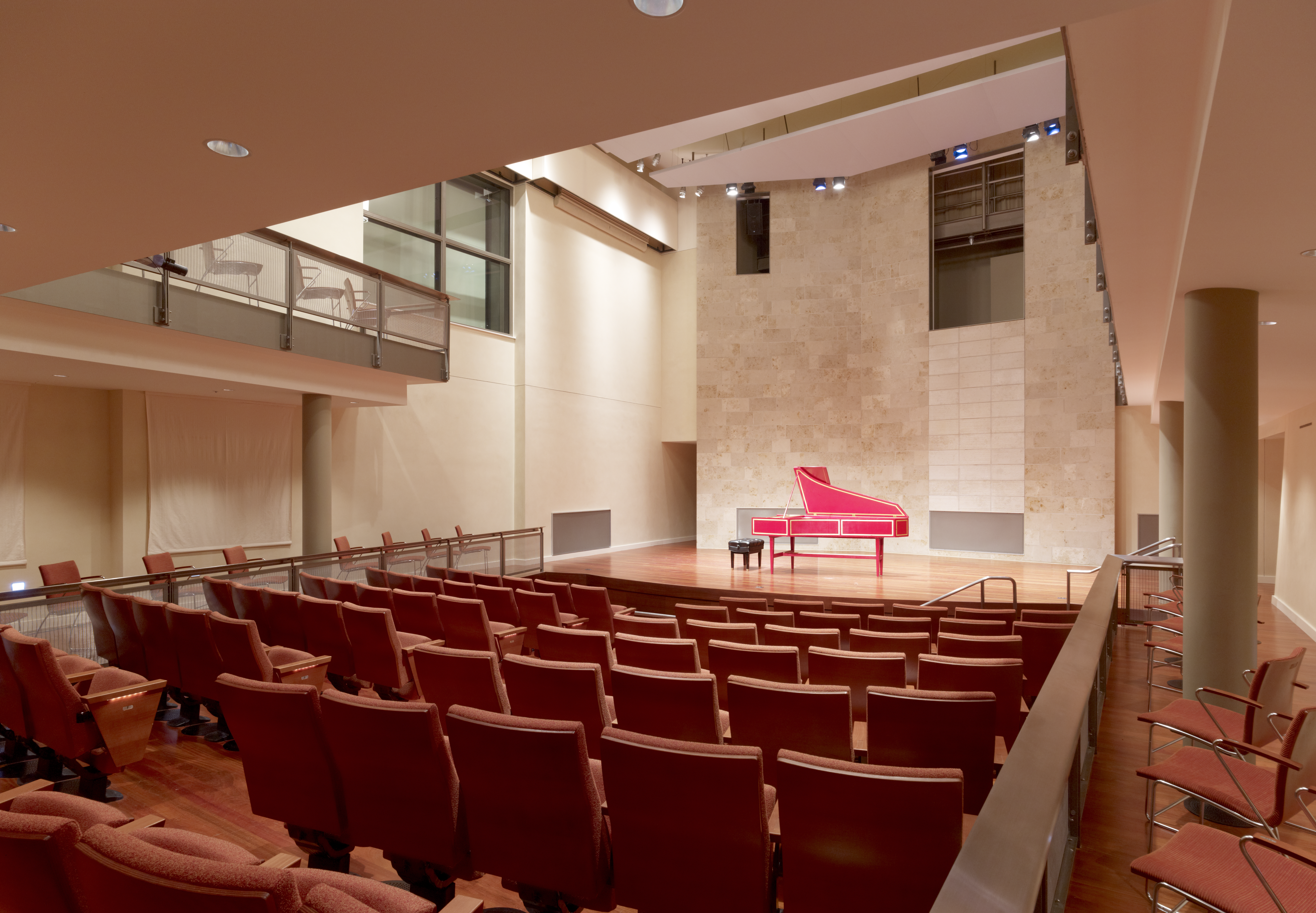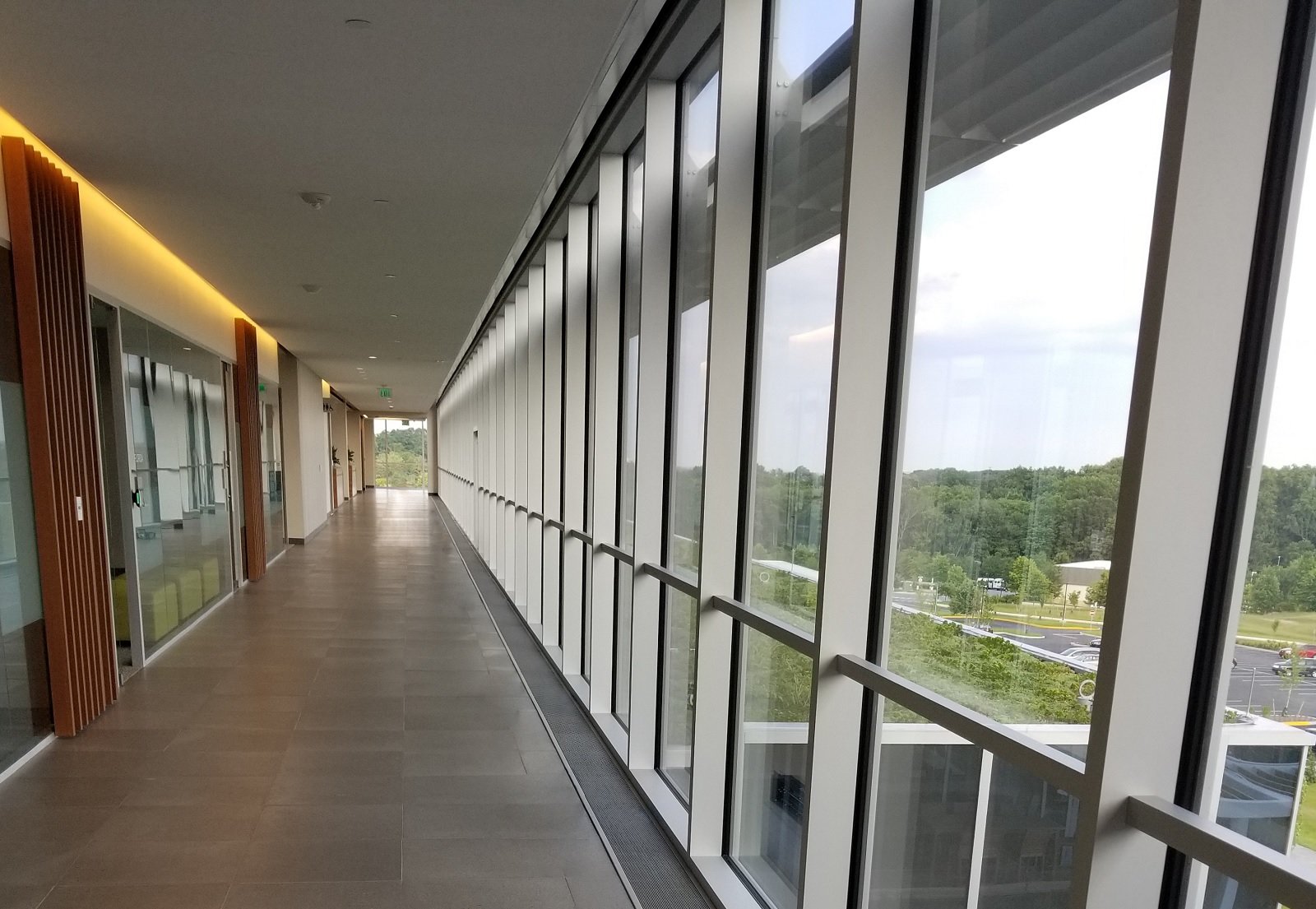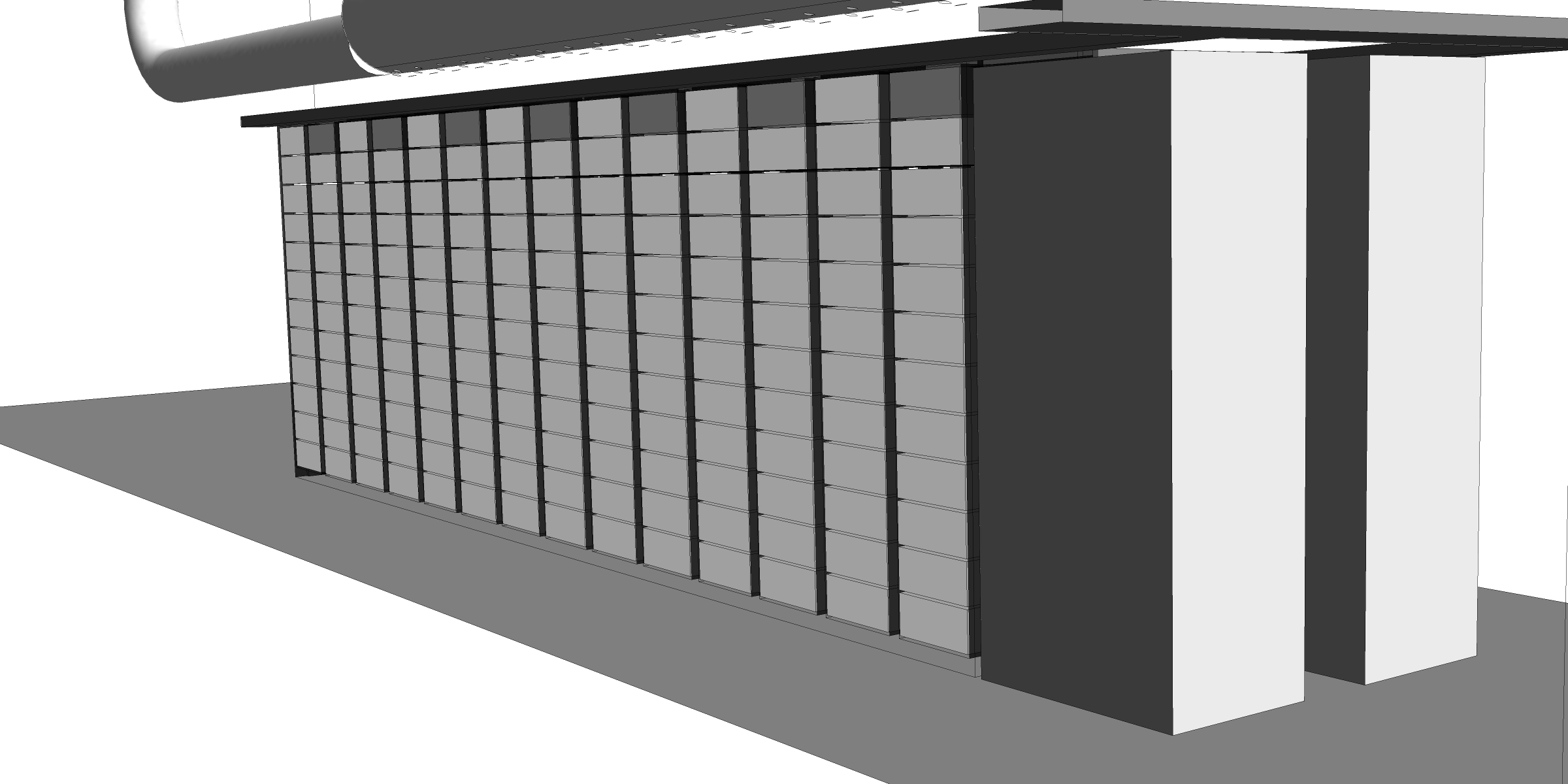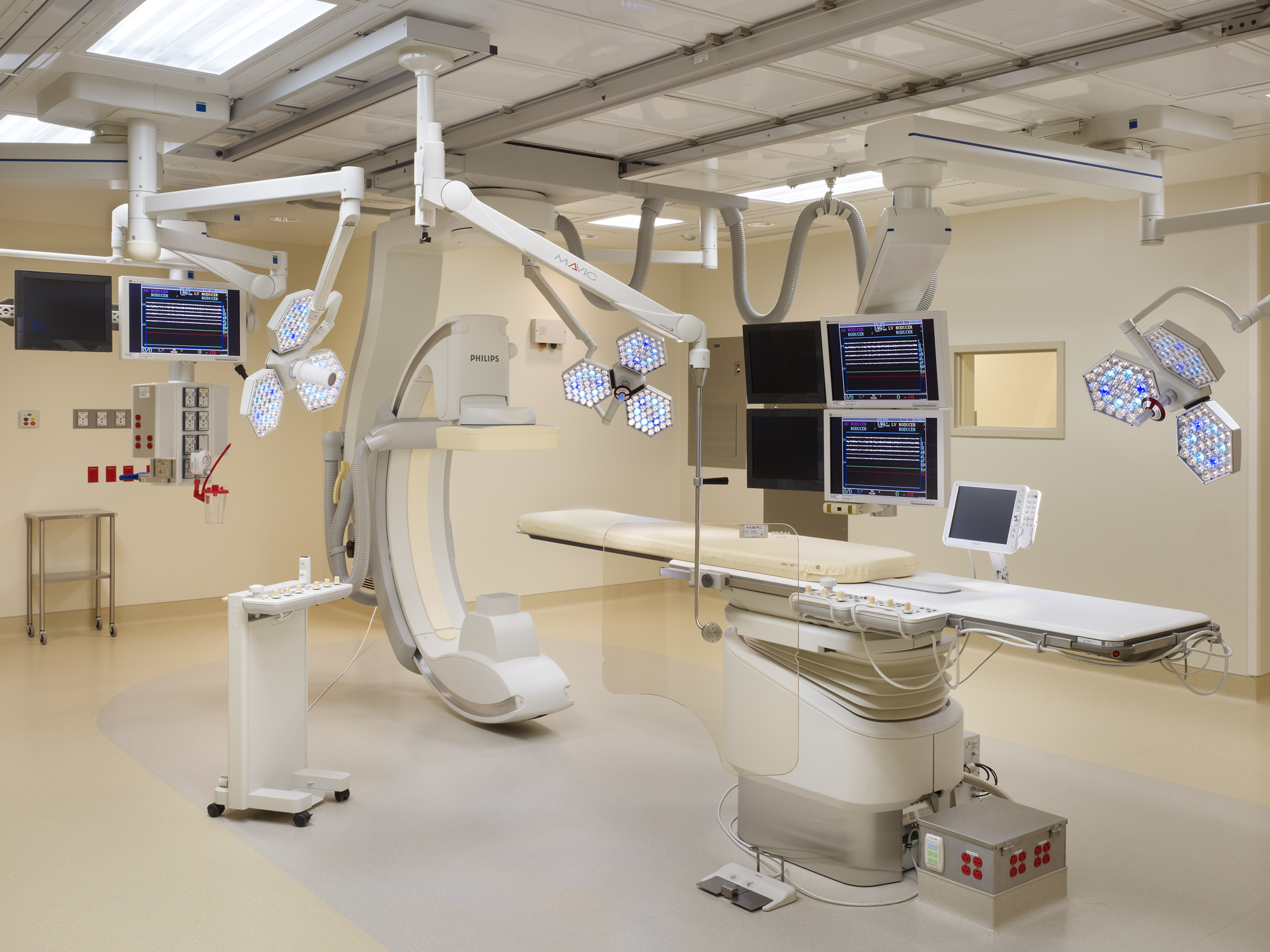Understanding a Popular Solution for High Volume Filtered Air Needs
A fan filter unit, or FFU, is essentially a filtered laminar flow diffuser with an integrated fan and motor.
The integrated fan and motor provide enough static pressure to overcome the pressure drop of the internally mounted HEPA or ULPA filter.
Read More
Topics:
HVAC Fundamentals,
HVAC,
Engineering,
Design Engineering,
Training,
Tech Tip,
Critical Environments,
Filtration
Energy Efficient Ventilation Effectiveness and Thermal Comfort
Displacement ventilation provides low velocity air at around 65°F that relies on buoyancy forces to drive the air motion. Supply air spreads across the floor until encountering thermal plumes from heat sources that naturally drive the clean, conditioned air up through the breathing zone. Heat and particulate are carried up to high-level return or exhaust grilles instead of getting recycled through the space. The result is high ventilation effectiveness and improved thermal comfort delivered in an energy efficient manner.
Read More
Topics:
Displacement,
Thermal Comfort,
HVAC Fundamentals,
HVAC,
Engineering,
Design Engineering,
Tech Tip
Perimeter offerings that provide flexibility and efficiency
The future of commercial office design faces a number of challenges, including a shift away from densely occupied open office concepts and a heightened concern for occupant health. North America continues to adopt newer energy codes that task design firms to further reduce energy consumption. In addition, indoor air quality (IAQ) has arguably become a principal element of building design.
Although several air distribution systems can be designed to succeed at both of these elements, underfloor air distribution (UFAD) offers significant flexibility and IAQ improvements over traditional air distribution approaches. While the interior zone design has changed little over the years, the perimeter offering has evolved significantly.
Read More
Topics:
Underfloor,
Thermal Comfort,
HVAC Fundamentals,
HVAC,
Design Engineering,
Tech Tip
How CFD Optimized Cooling in a Battery Energy Storage System
One of the most frequent questions that customer and reps ask us is “Can you model this?” Even though the answer is always a resounding yes – we love a challenge – every rep and customer is still
surprised at the broad array of applications that benefit from a Computational Fluid Dynamics (CFD) analysis. This means that a myriad of designs currently in use in different sectors of the building industry could have been improved.
Battery storage rack in a battery energy storage system
Read More
Topics:
Mock-Up,
Heat Transfer,
HVAC,
Engineering,
Design Engineering,
Tech Tip,
CFD
Considerations for Modern Operating Room Air Distribution
Due to the ever-increasing demand for valuable ceiling space, modern operating room (OR) ceiling and air distribution systems must continuously improve and adapt to meet the demands presented by ceiling mounted medical equipment.
Read More
Topics:
Diffusers,
HVAC,
Engineering,
Design Engineering,
Tech Tip,
Engineering Update,
Critical Environments,
Lighting,
ASHRAE 170


